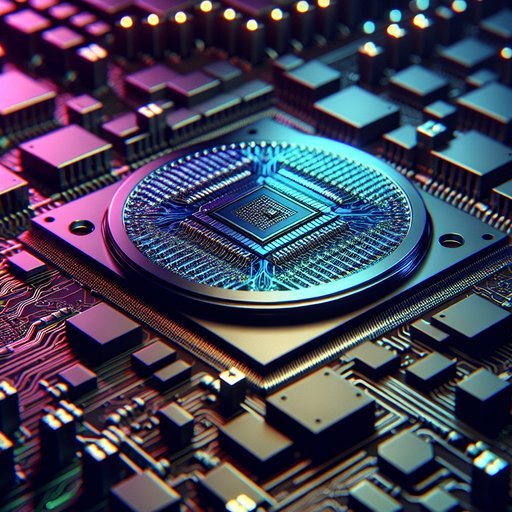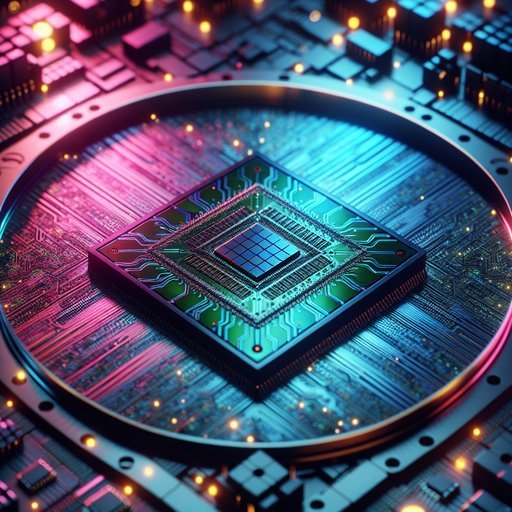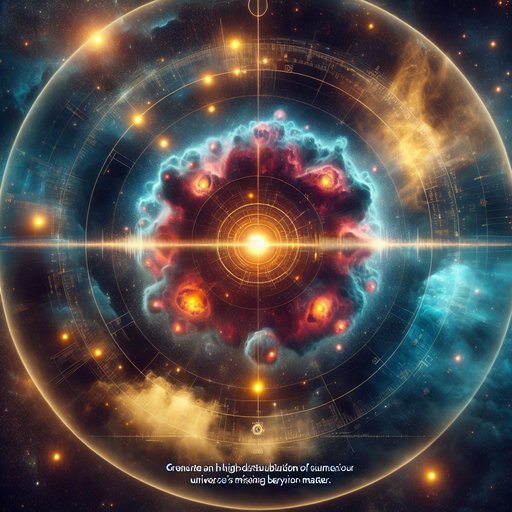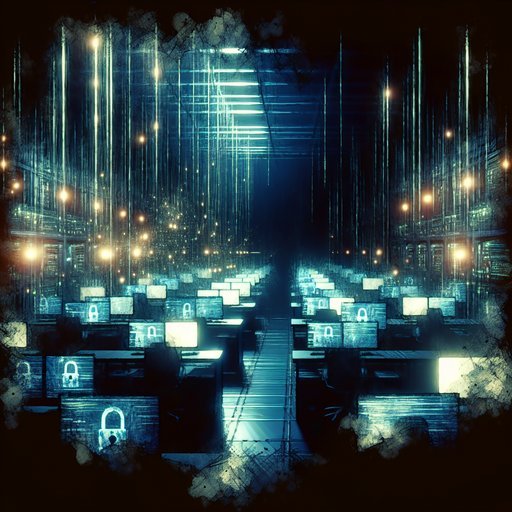
In a significant development within the semiconductor industry, Wolfspeed, a prominent player known for its silicon carbide technology, has filed for Chapter 11 bankruptcy. The decision comes in response to mounting financial pressures, as the company seeks to reduce its debt load by 70%, equivalent to an estimated $4.6 billion. This restructuring aims to place Wolfspeed on a sustainable path as it continues to innovate in a highly competitive market while maintaining its operational presence [2][3][4].

In a major breakthrough for electric vehicles (EVs), 24M's Eternalyte battery technology promises to revolutionize the sector by enabling vehicles to exceed a 1,000-mile range while recharging 190 miles in just under four minutes. This cutting-edge development comes at a crucial time, as the EV market is fiercely competitive, with automakers pushing for advancements in energy density, range, and charging efficiency.

A record-breaking data breach has come to light, revealing 16 billion login credentials from giants like Apple, Google, and Facebook. As the largest leak of its kind, this breach has sent shockwaves through the cybersecurity community and led to urgent calls for users to update their passwords immediately.

This week, Hindustan Aeronautics Limited (HAL), India's aerospace giant, has taken a significant leap forward in the country's space sector by securing a prestigious deal to build, own, and operate small satellite launch vehicles [3]. This move positions HAL as the first Indian firm to fully acquire rocket technology from the Indian Space Research Organisation (ISRO), empowering it to independently commercialize satellite launches [5]. The deal, valued at Rs 511 crore, underscores India's burgeoning presence in the global space industry [3].

Recent developments in chip manufacturing underscore the accelerating pace of innovation in the semiconductor industry. Companies like Synopsys and Samsung Foundry are forming strategic alliances to advance AI chip designs, while Apple and NIO explore new territories in their semiconductor capabilities. These movements highlight the critical role of AI in reshaping the landscape of global technology, promising enhanced performance, efficiency, and capability for various industries.

Astronomers have made a groundbreaking discovery, unveiling the mysterious distribution of the universe's missing baryonic matter. Utilizing the sudden flashes of energy known as fast radio bursts (FRBs), a recent study published in Nature unravels how these enigmatic phenomena illuminate the cosmic fog that has eluded scientists for years [2]. This discovery could transform our understanding of the cosmos, revealing hidden structures that were once theorized but never observed.

As gene editing technology advances, promising breakthroughs continue to emerge in the health sciences. Among these is a new study suggesting the potential of CRISPR gene editing to eliminate Down syndrome through targeted chromosome modification. This revelation has sparked discussions on the implications for genetic disorders at large and reflects the broader movements in the gene therapy and red biotechnology fields.

Honda has recently made headlines with the successful launch and landing of an experimental reusable rocket, marking a significant milestone in its aerospace ambitions. This achievement represents Honda's strategic move to become a major player in the space industry, competing against established giants like SpaceX [1]. The successful test marks an important step towards Honda's aim to create a sustainable, data-driven ecosystem in space, driven by the increasing demand for satellite launches [2].

DNA-testing company 23andMe recently faced financial consequences as UK watchdogs imposed a $3.1 million fine on the company due to a severe data breach that occurred in 2023. The breach, described as 'profoundly damaging,' exposed sensitive information, affecting countless customers and prompting serious concerns over data security practices within the industry [7][8].

In an astonishing leap toward understanding the cosmos, NASA's Chandra X-ray space telescope has revealed a colossal galaxy cluster wrapped within a massive cocoon nearly 20 million light-years wide [4]. This discovery offers a profound insight into cosmic structures and the immense gravitational forces at play, bringing us closer to unraveling the intricacies of the universe.
























